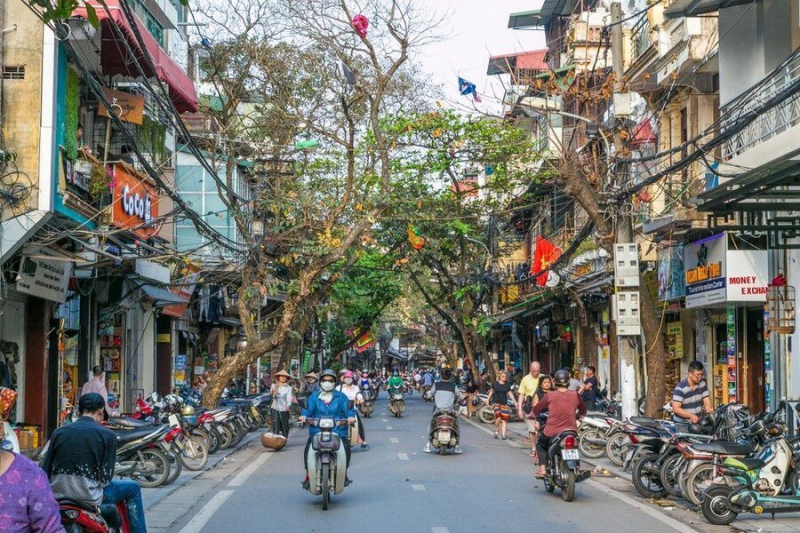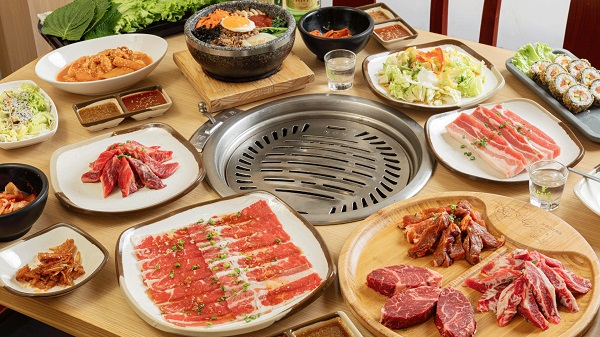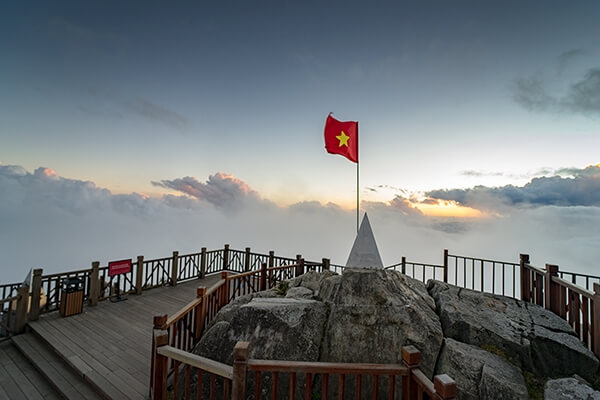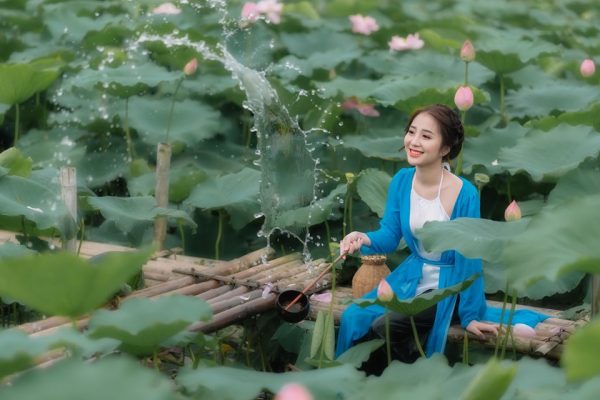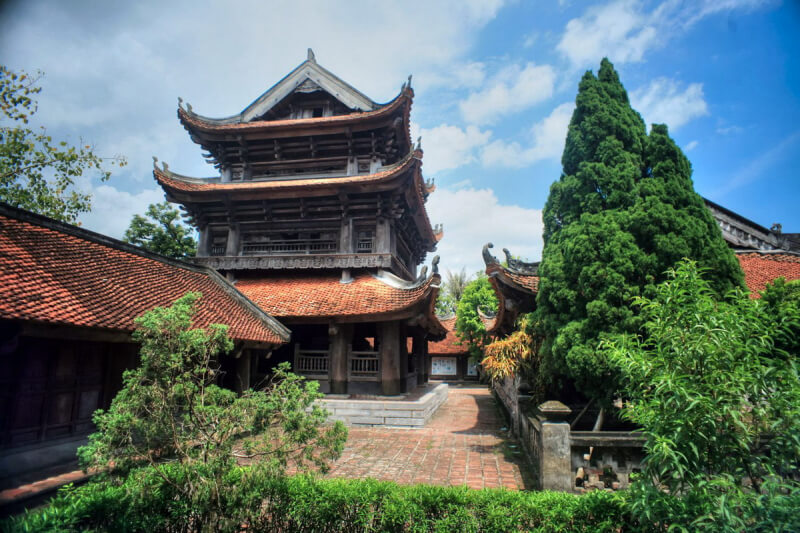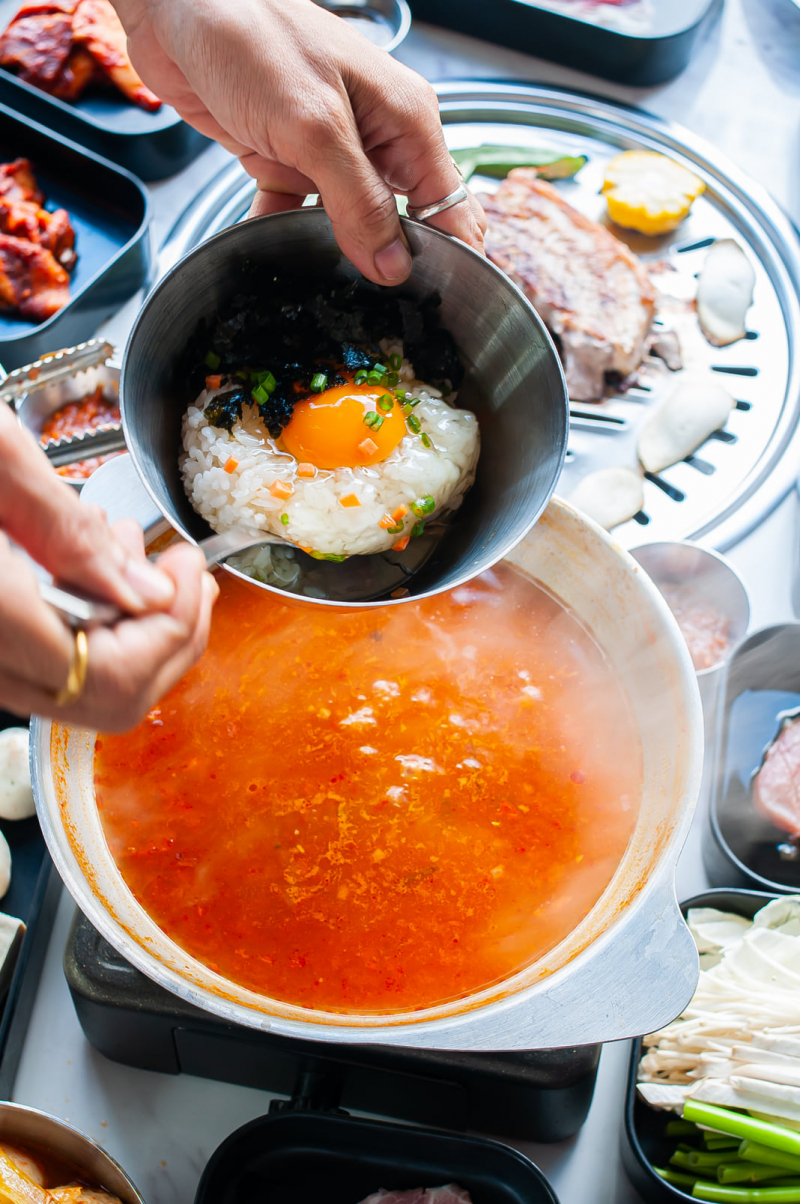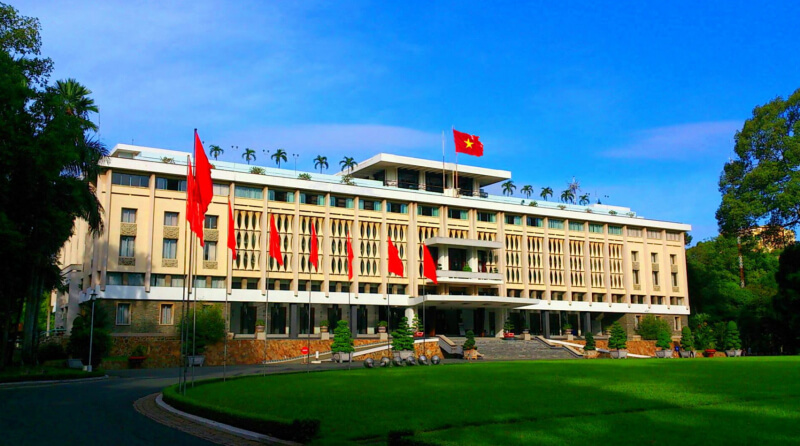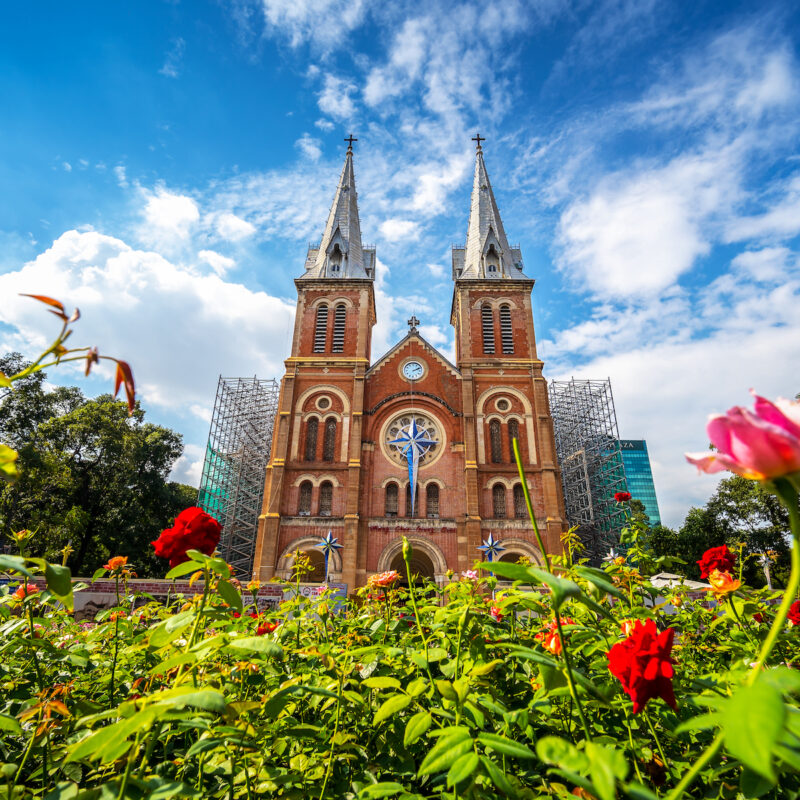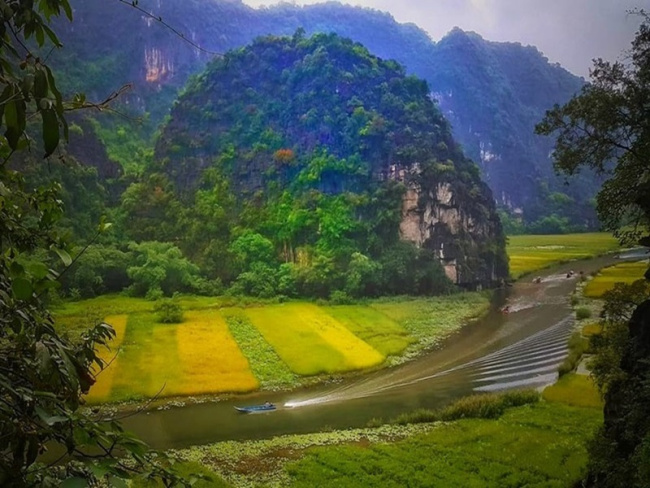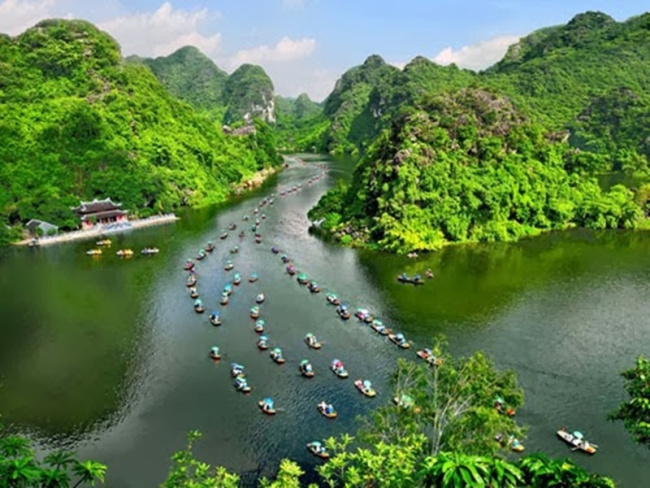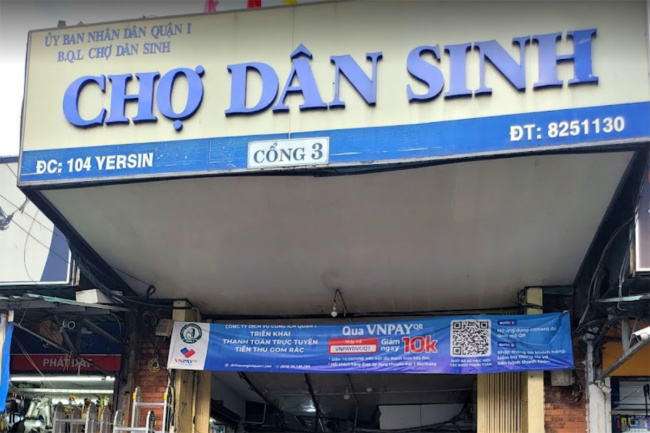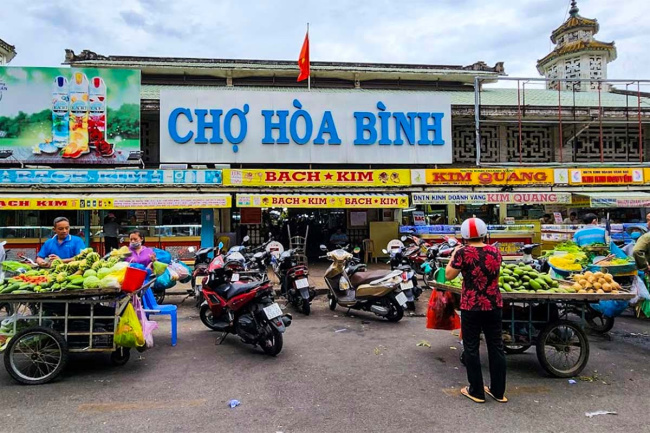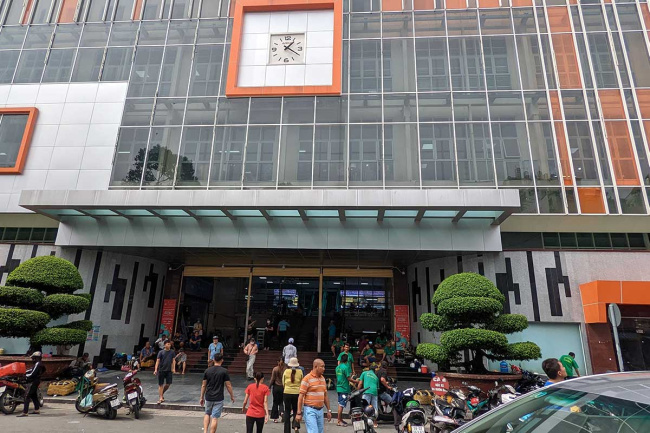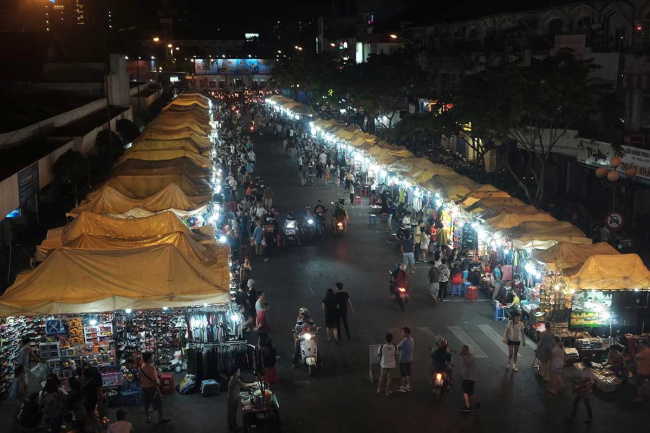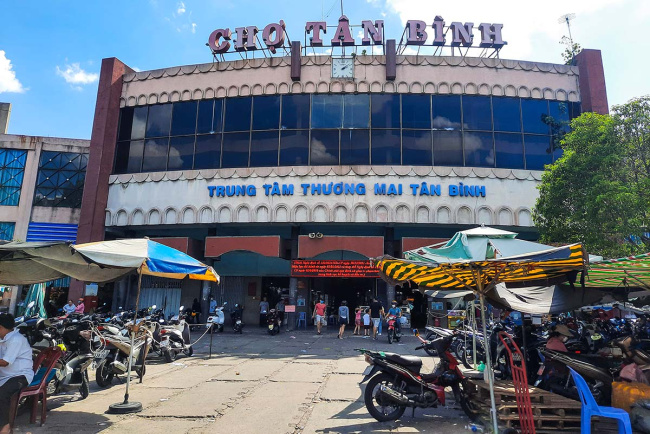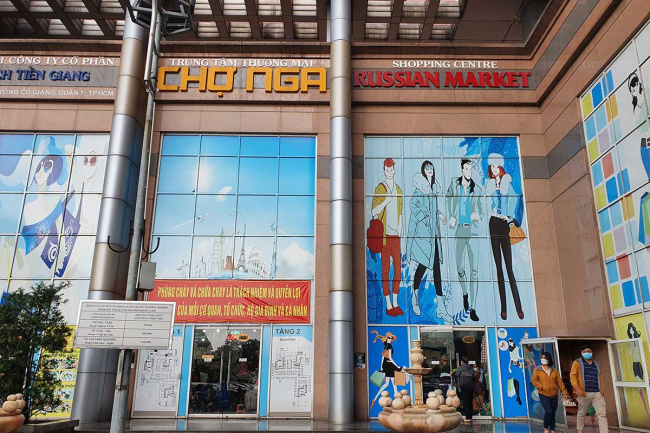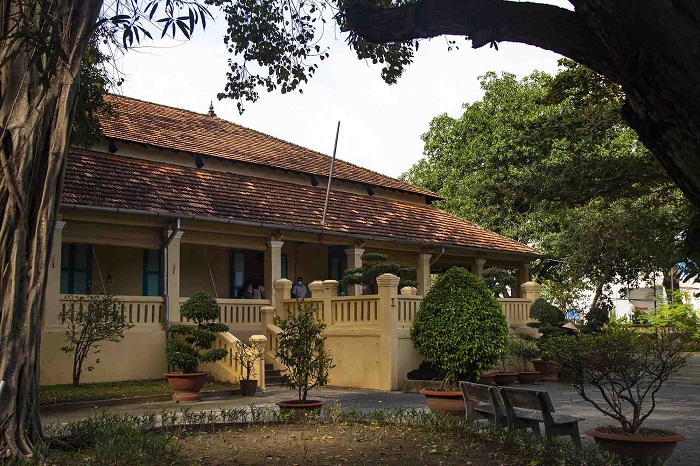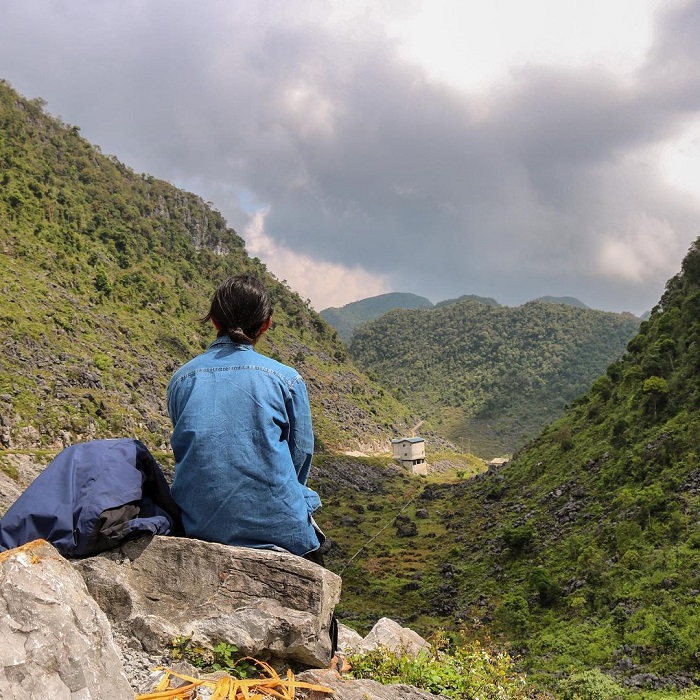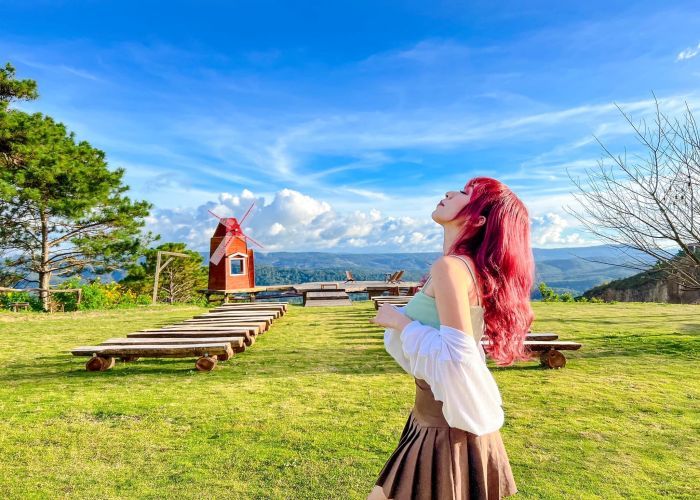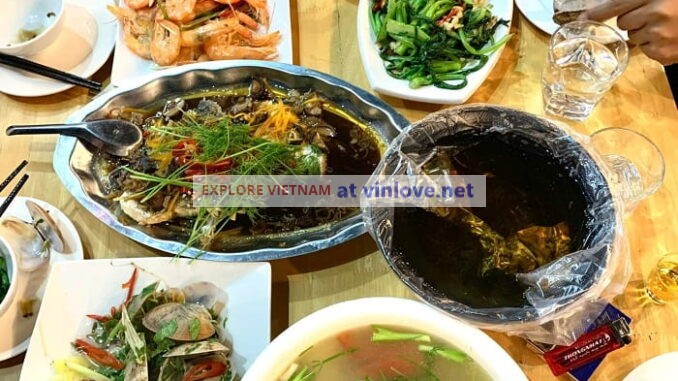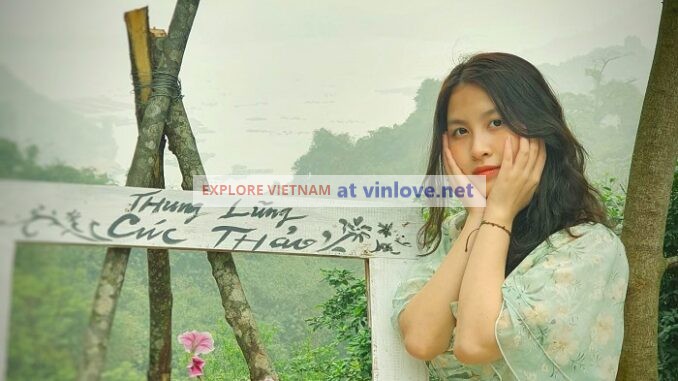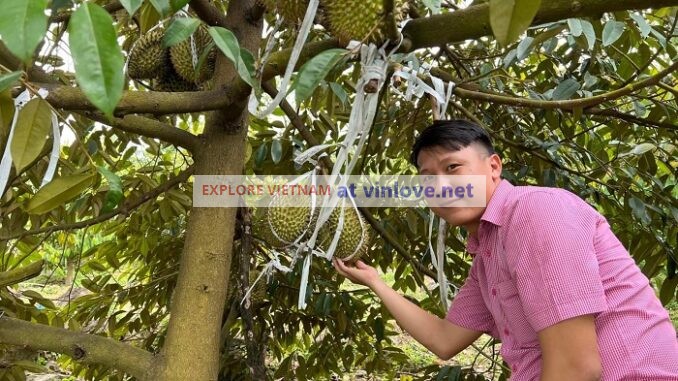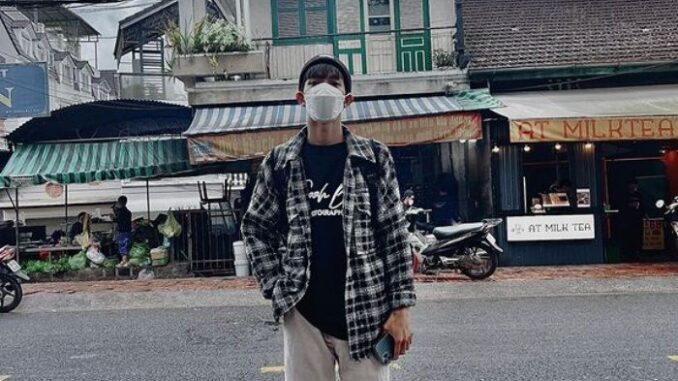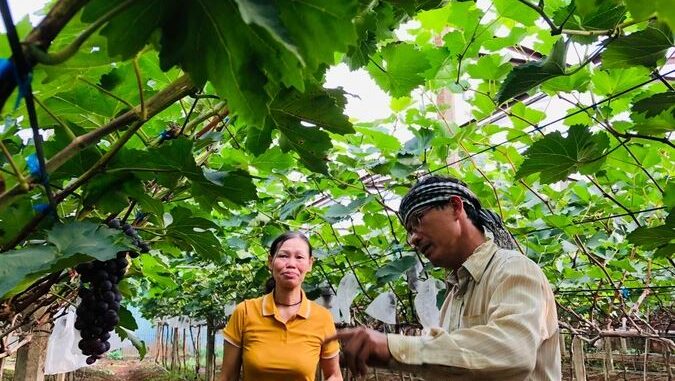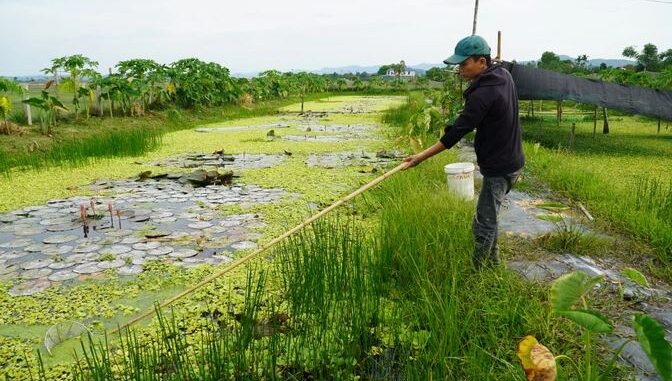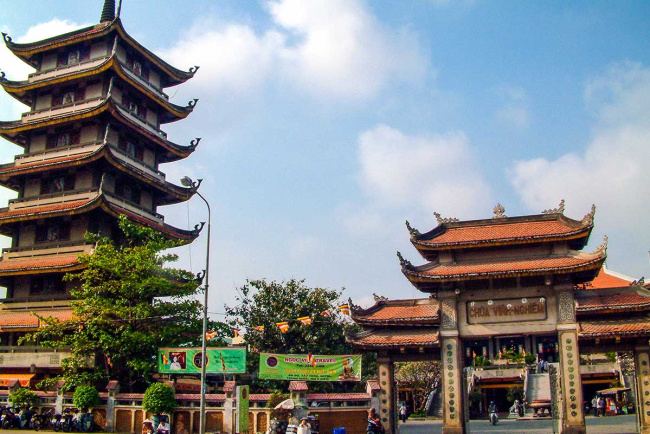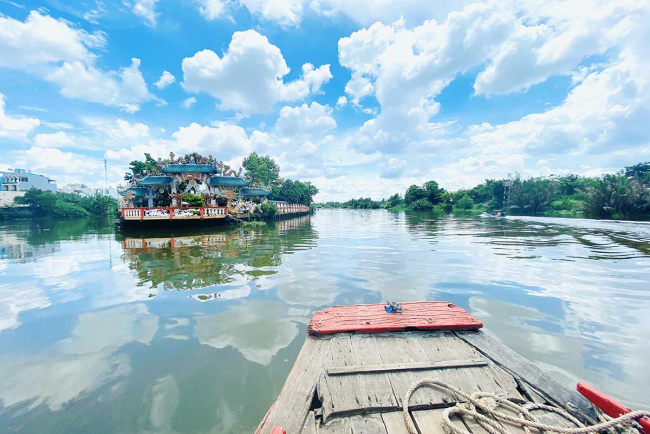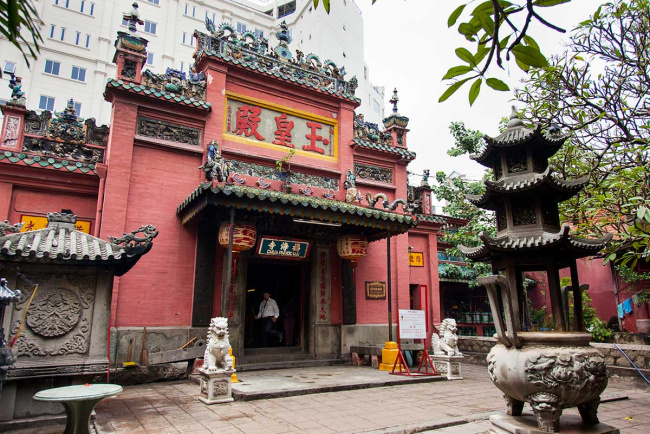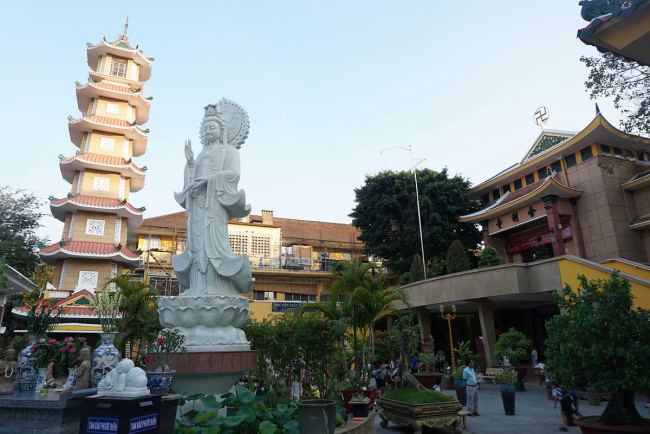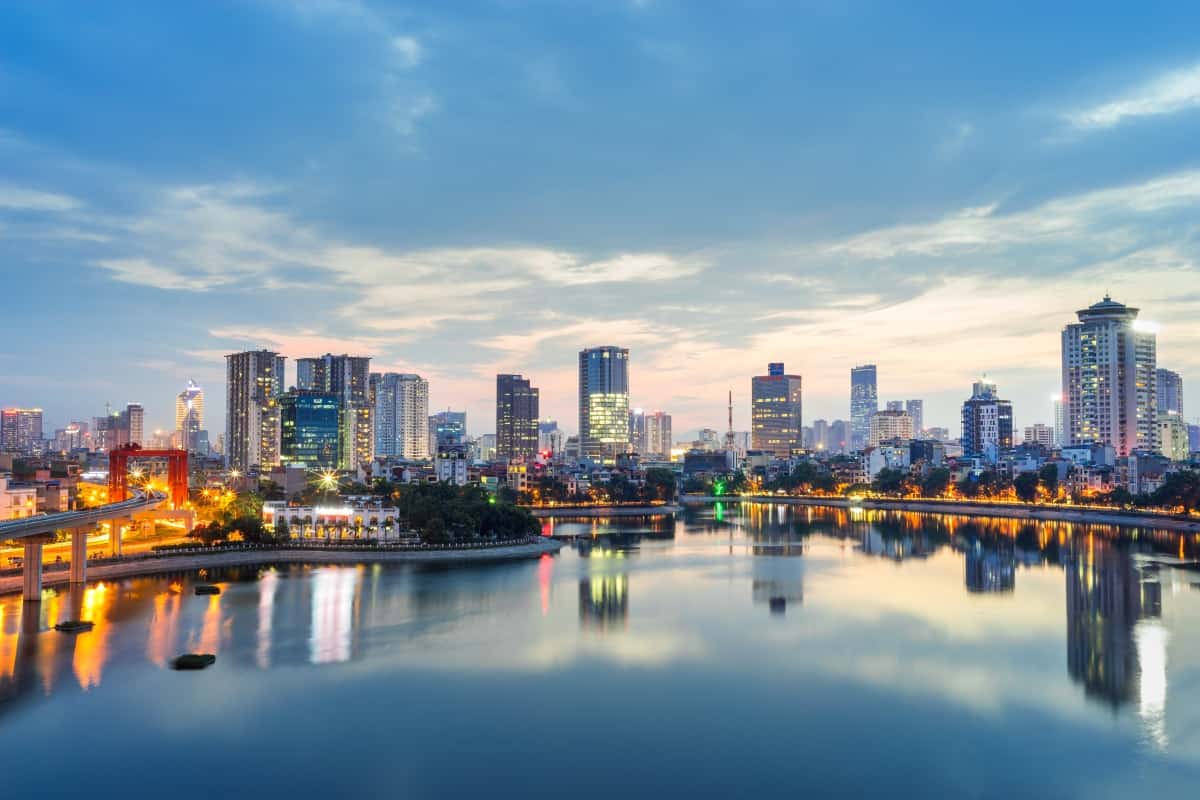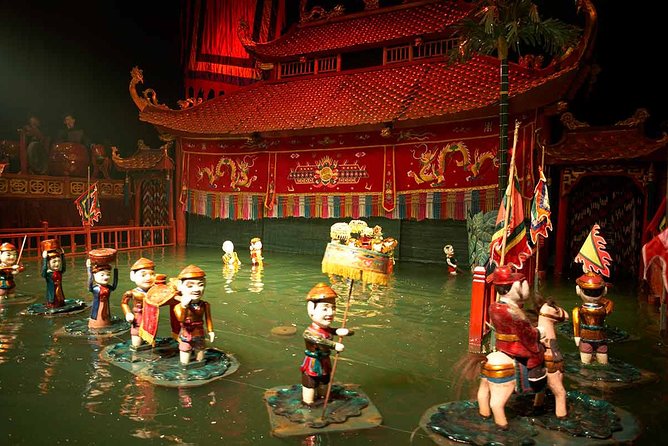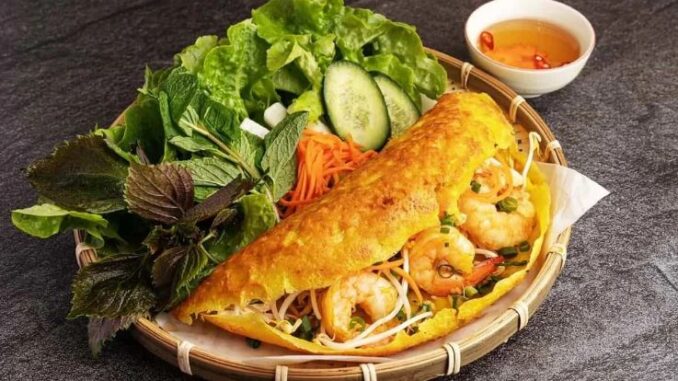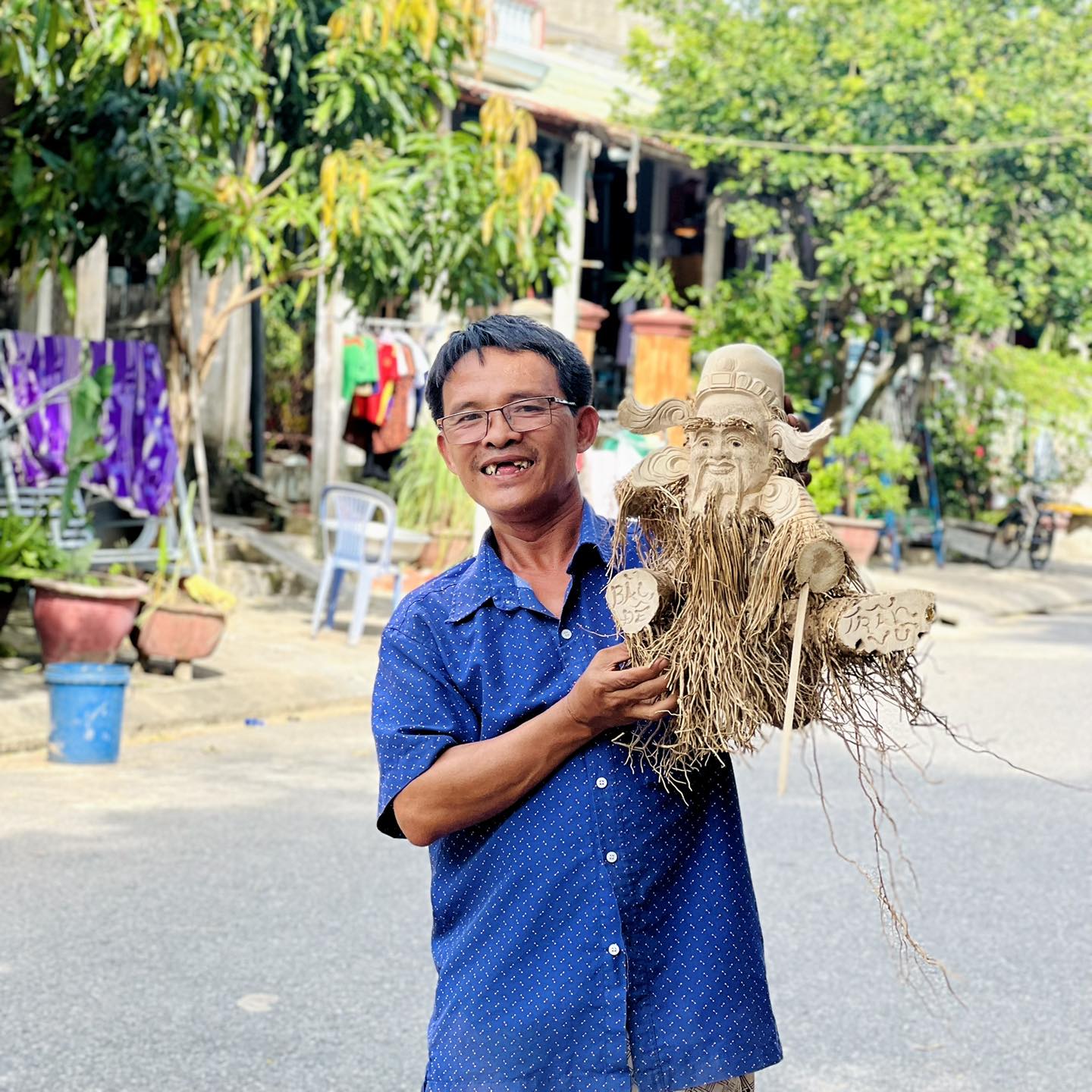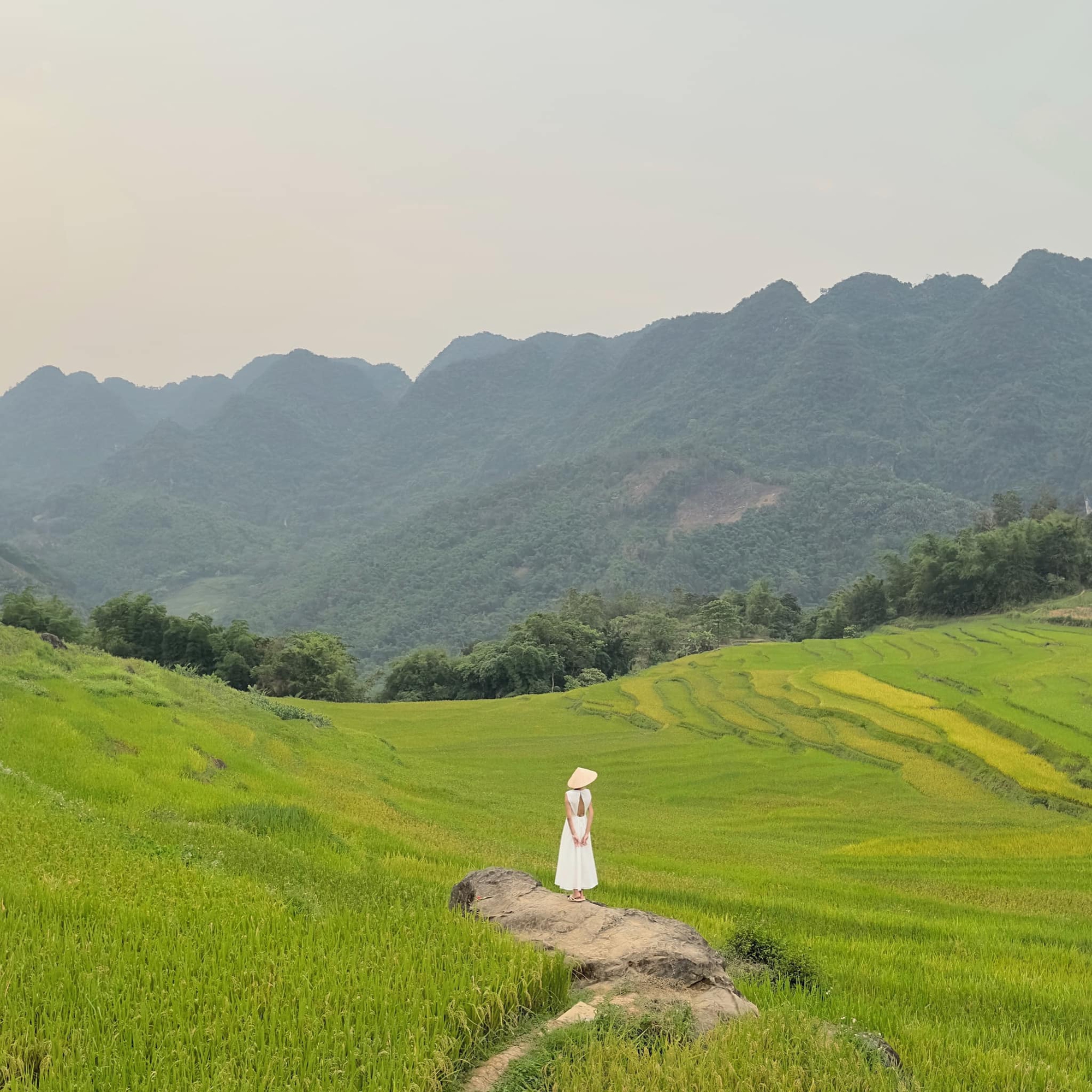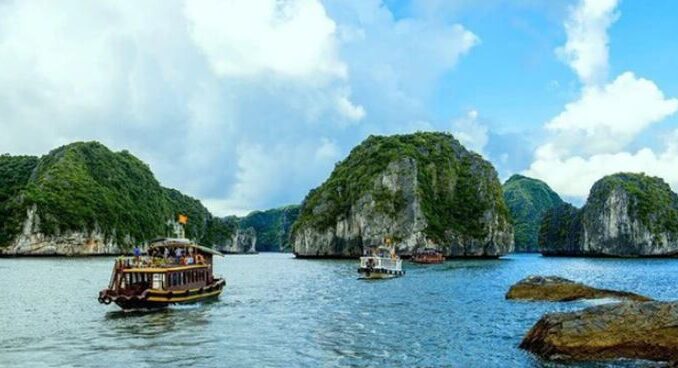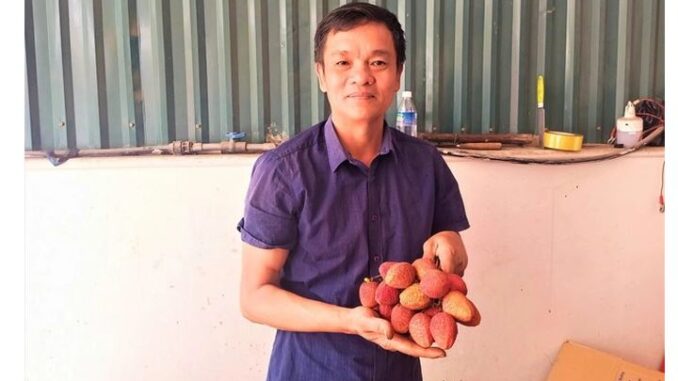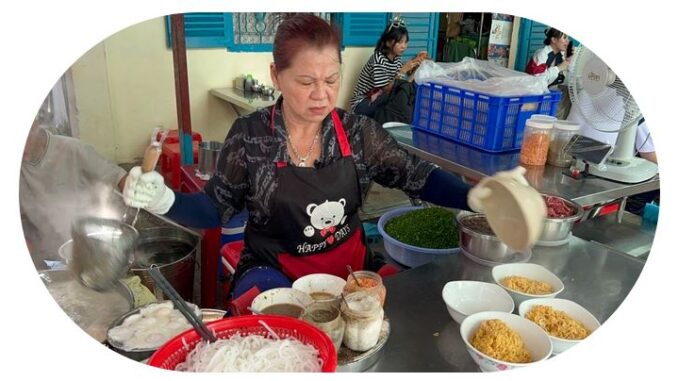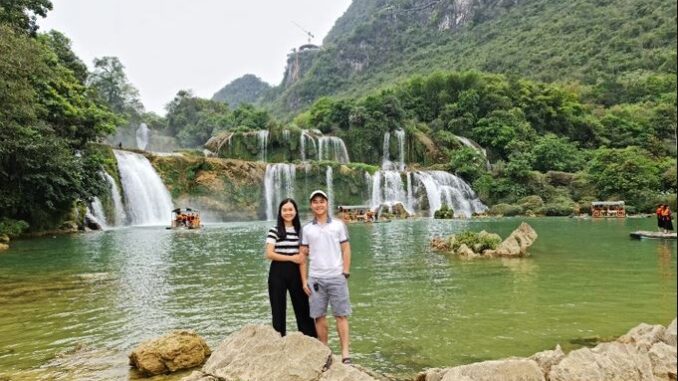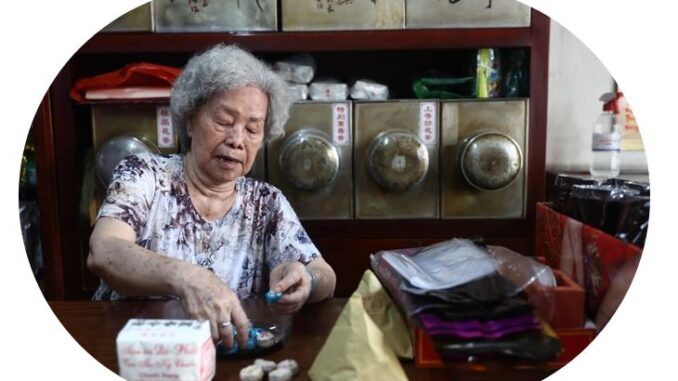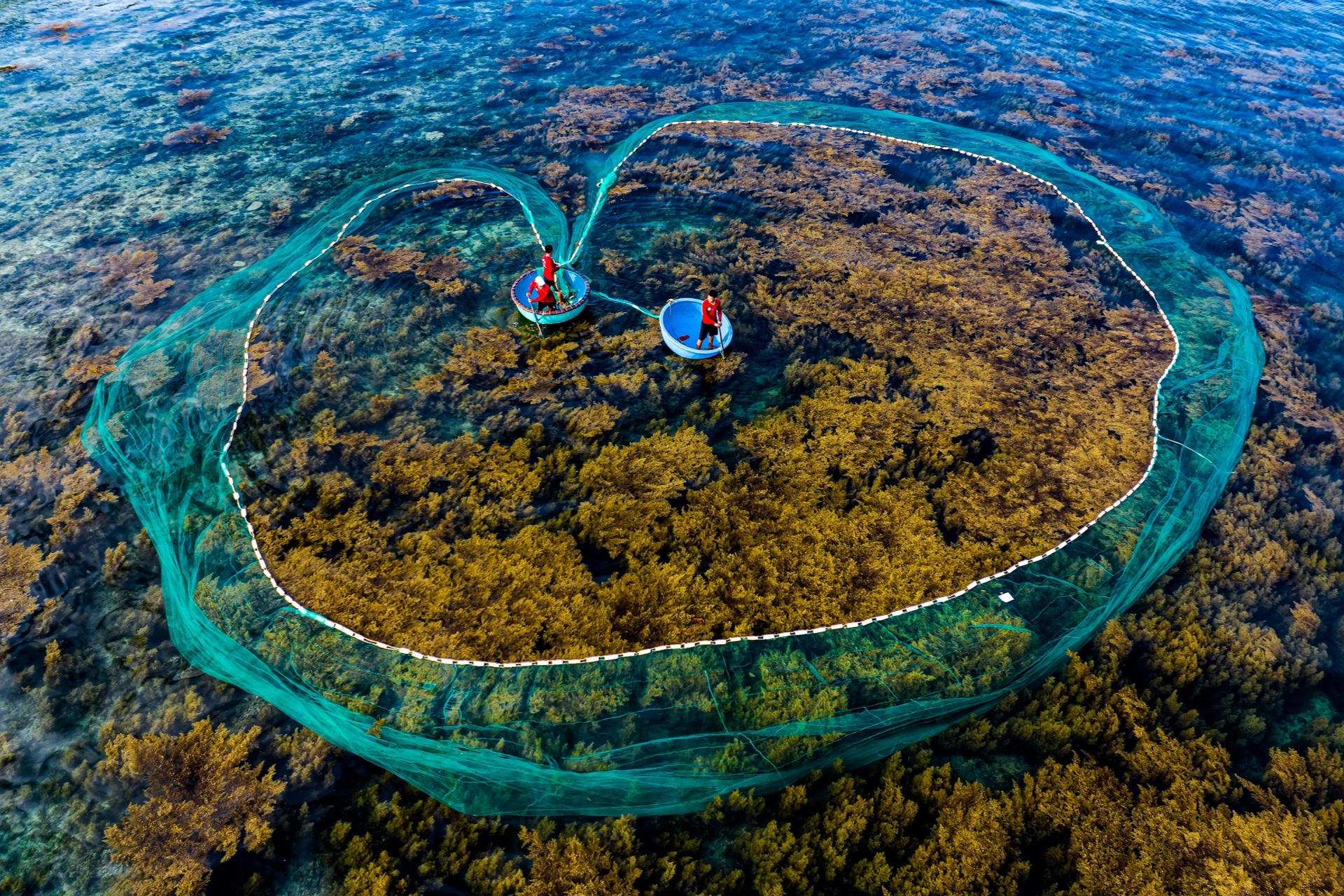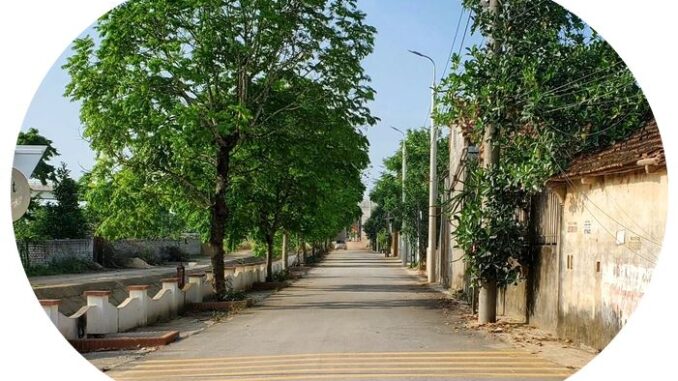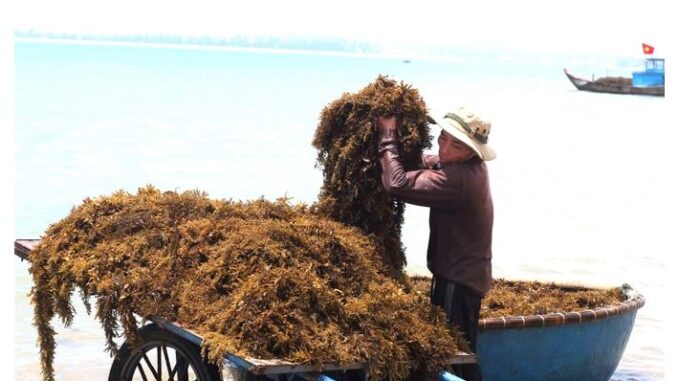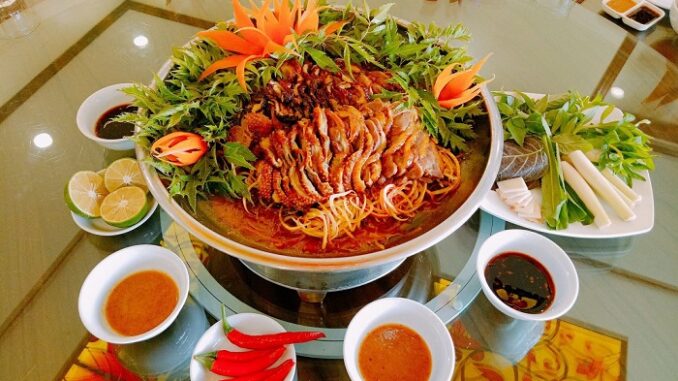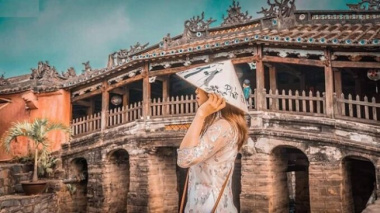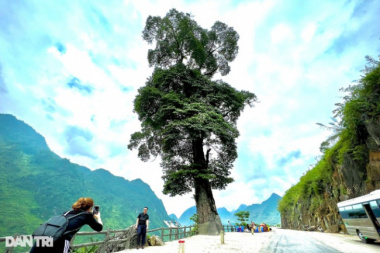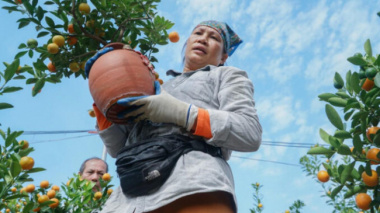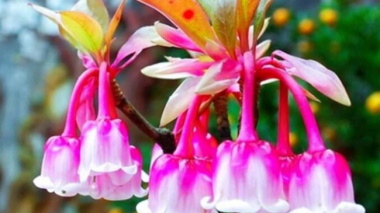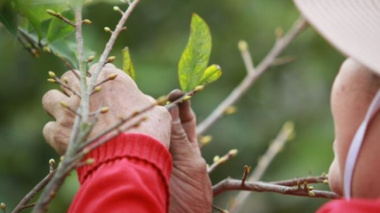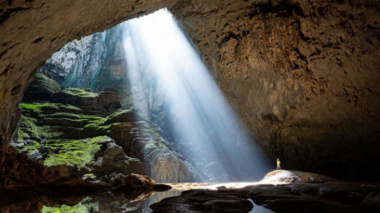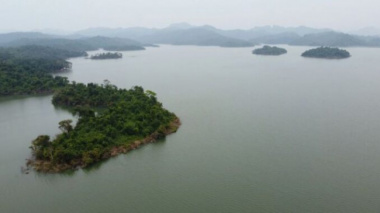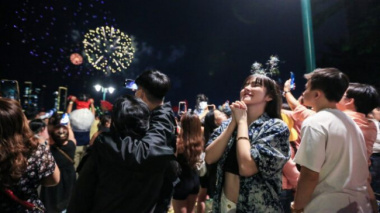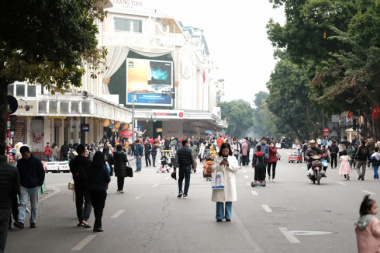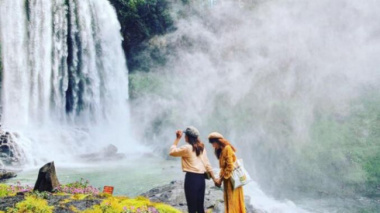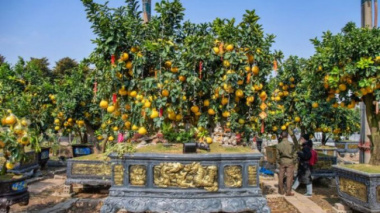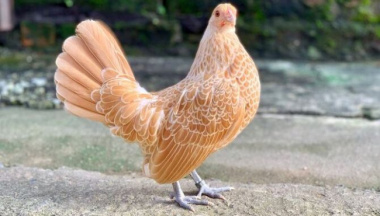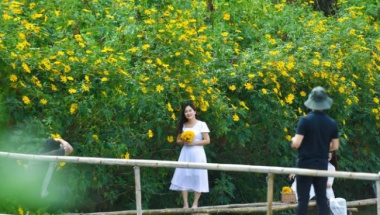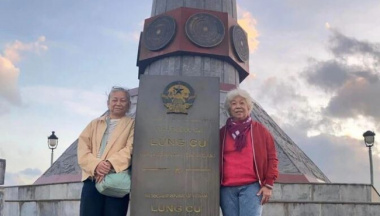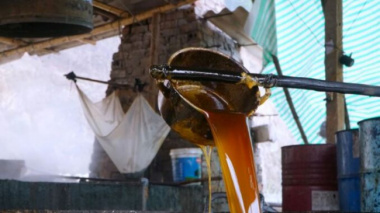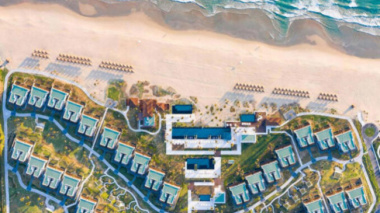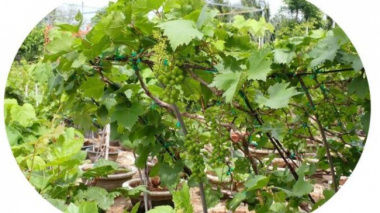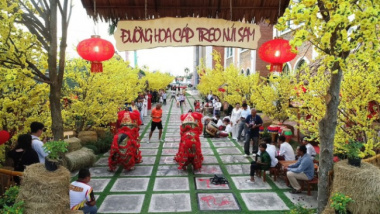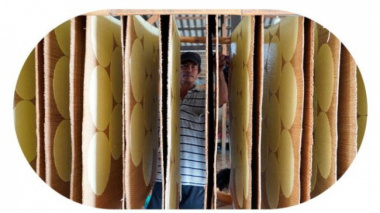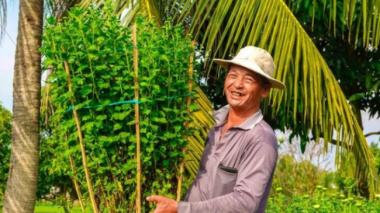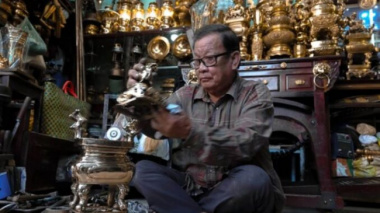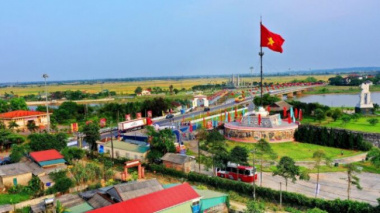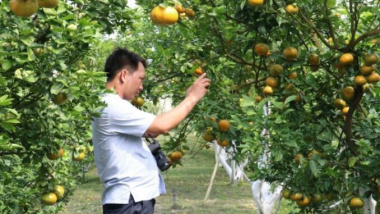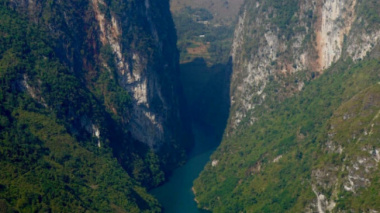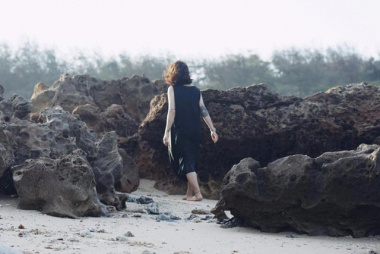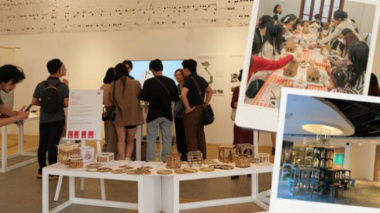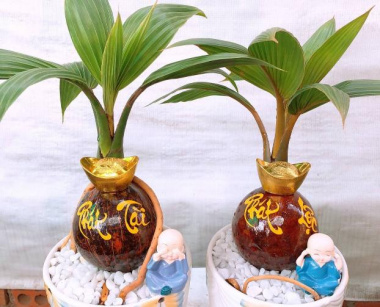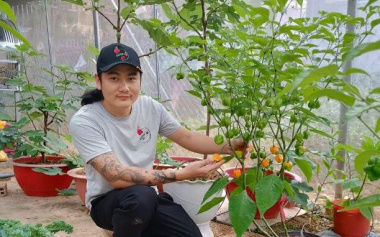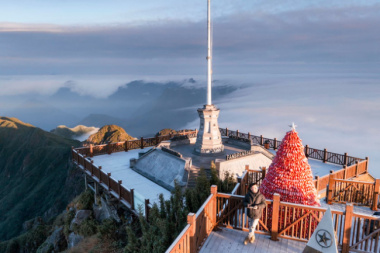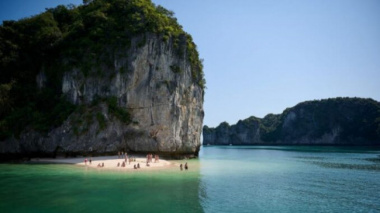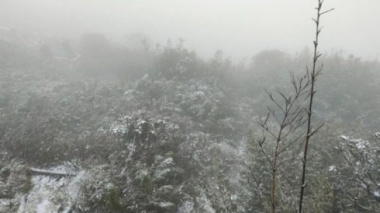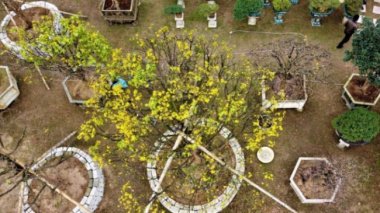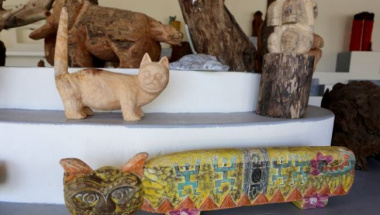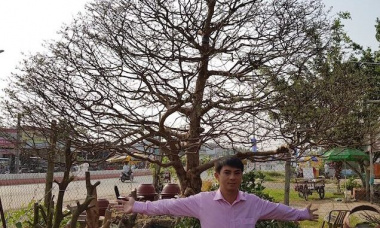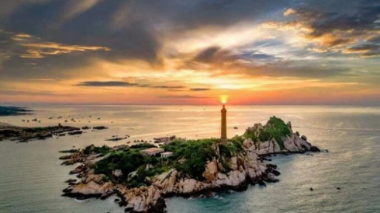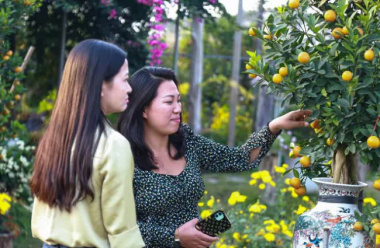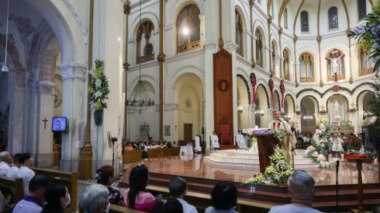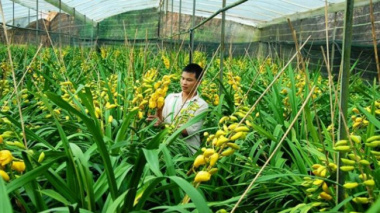Tomb of the emperor with the most children in Vietnamese history
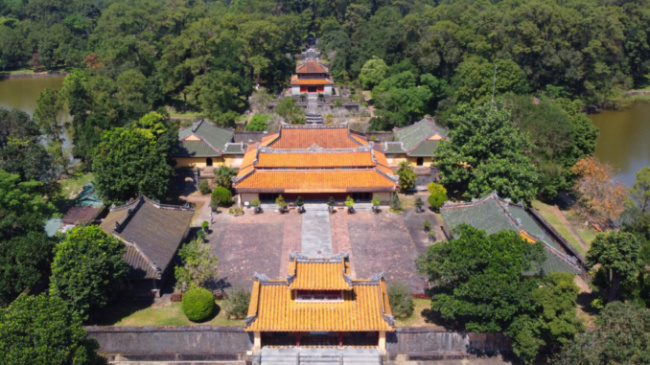
THUA THIEN – HUE The mausoleum of King Minh Mang is located in Huong Tho commune, beside the romantic Huong River

Tomb of King Minh Mang or Hieu Lang is the resting place of King Minh Mang (1791-1841), the second king of the Nguyen Dynasty. Of the 13 kings of the Nguyen Dynasty, the reign of King Minh Mang of the country was considered the most prosperous and powerful period. During his twenty-year reign, the king changed many things, from domestic and foreign affairs to socio-economic reforms. With 142 children, King Minh Mang is considered the king with the most children in Vietnamese history.
The king’s mausoleum is located on Cam Khe mountain, near Bang Lang junction, which is the confluence of two streams, Huu Trach and Ta Trach, forming the Perfume River, 12 km from the center of Hue city. According to history books, King Minh Mang personally reviewed and approved the design drawings offered by the officials Bui Cong Huyen, Truong Dang Que and Giam Thanh guard. In April 1840, the construction of Hieu Lang began.

Hieu Lang was started construction in September 1840. The project was under construction when King Minh Mang fell ill and died on January 20, 1841. After ascending the throne, King Thieu Tri ordered the Ministry of Public Works to mobilize nearly 10,000 soldiers and workers to rush to build a mausoleum for King Minh Mang. Construction of the mausoleum was completed by 1943.
By design, Dai Hong Mon is the main gate and the first gate is located on Shinto street of the mausoleum. The gate is built of lime brick, 9 m high, 12 m wide. The gate has three aisles with 24 high and low roof leaves and the legends of “carp turning into dragon”, “long Van Khe Hoi”.
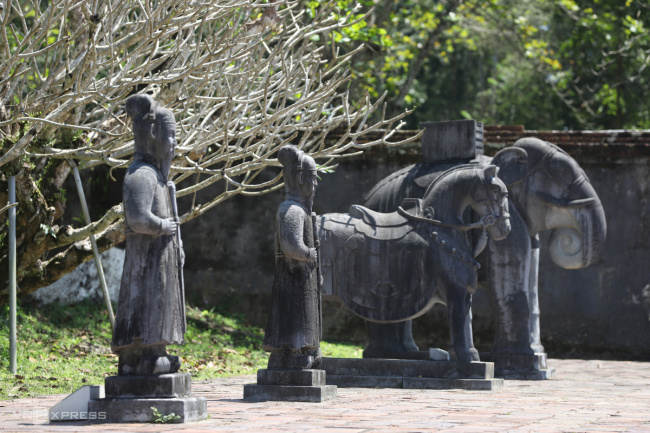
Both sides of Bai Dinh yard are rows of statues of martial arts officials, elephants and horses standing in adoration. The statues of people and elephants and horses here are sculpted according to the foot-defining style, close to reality.

Above Bai Dinh yard is the Bi Dinh house built in the traditional architecture of the Nguyen Dynasty. The roof set consists of two floors containing yin and yang elements. On the top decorated with gourd vase and dragon image.
The center of Bi Dinh house is a stone stele with the inscription “Ngu Ngu Thanh Duc Than Cong Bi Ky” drafted by King Thieu Tri. The content of the stele praises the merits of King Minh Mang and the sorrowful regret of King Thieu Tri before the death of his father, King Minh Mang.
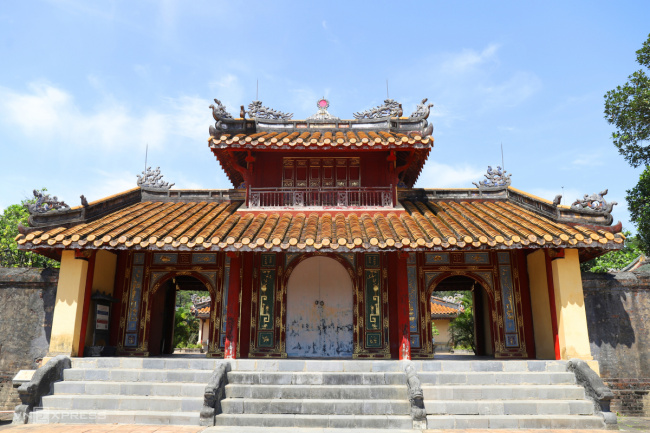
Hien Duc Gate is the main gate of the electrified area. This is the second gate located on the Shinto axis, bounded by a square goal representing the ground.
Hien Duc Gate is designed as a 2-storey building with 3 compartments without a gable located on a platform 1m higher than the courtyard floor, surrounded by bar stone pavement and roofed with glazed pipes. The whole work is embossed and painted with gold gilded paint.

Inside Hien Duc gate, there are two buildings on both sides of the yard, Ta Huu Tung Tu. This is the house to keep the civil servants on duty whenever there is a job to go to Hieu Lang, and also a place to worship the meritorious literary and martial mandarins under the reign of King Minh Mang. Each house has 3 compartments and 2 wings, the roof is covered with green glazed yin and yang tiles.
In the middle is Sung An Palace, this is the place to worship the dragons of the Holy Ancestor Emperor Minh Mang and Ta Thien Nhan Empress Ho Thi Hoa. The electricity is built in the “coherent” style, the roof is roofed with Hoang Luu Ly tiles, decorated with dragons on the roof. This is the main work of Hieu Lang, so it is painted in splendid gold.
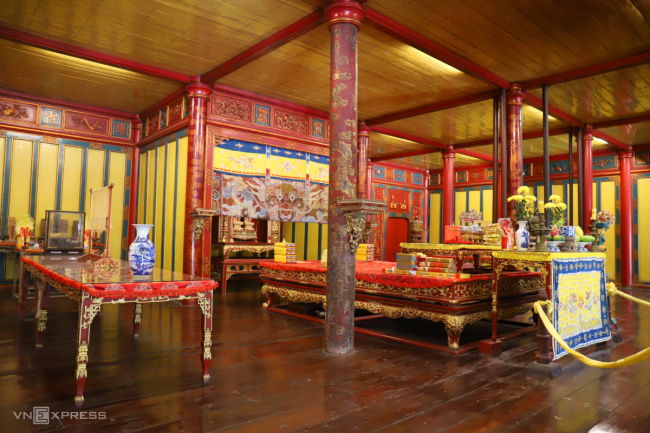
Inside Sung An Palace, the place of worshiping the dragons of the Holy Ancestor Emperor Minh Mang and Ta Thien Nhan Empress Ho Thi Hoa. This area also displays many artifacts during the reign of King Minh Mang.
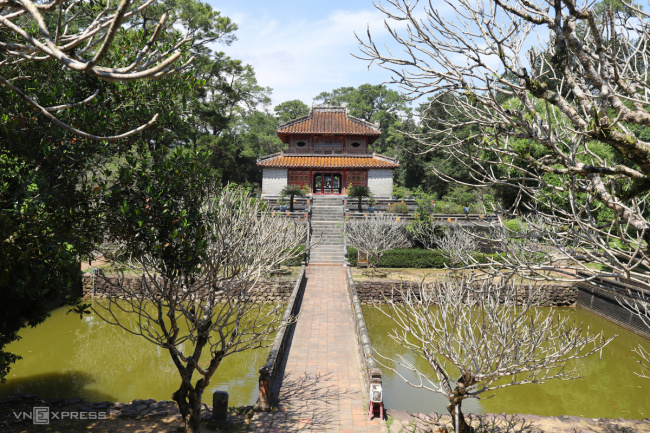
Minh Lau was built in the style of “fang communal house” and is located on Tam Tai hill. This is the most typical, tallest and most beautiful architecture in the mausoleum of King Minh Mang, the name of the work means morning floor.
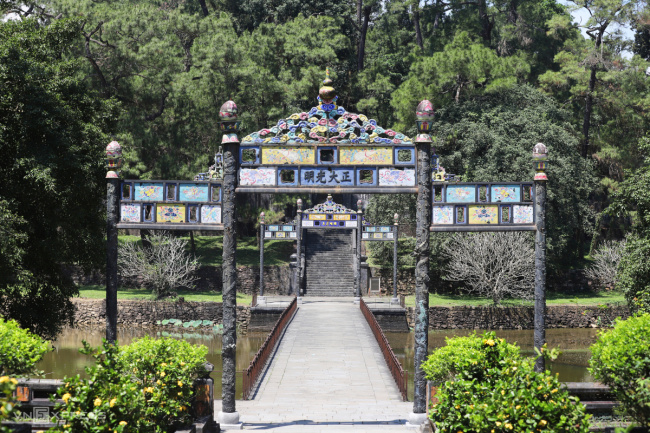
The two ends of the bridge leading to the area of king Minh Mang’s tomb are two Vu Mon with bronze pillars, decorated with dragons curving from the top, the top of the column is placed with lotus bud made of french blue. Above the ward, there are three layers, divided into drawers decorated with French blue plates and lines of Chinese characters ” Chinh Dai Quang Minh” and “Intelligent and upright”.

In the area of Emperor Minh Mang’s grave, in front is a lake with a new moon named Tan Nguyet Tri embracing Buu Thanh. Scholars say that this is the image of the boundless world. The semicircular lake is like the yin element that surrounds and protects the yang element, which is Buu Thanh.
Buu Thanh is a circular citadel with a circumference of 273 m, a height of 3.5 m, with only one door. Inside Buu Thanh, there are many kinds of trees, mainly pine. According to the documents, the coffin of Emperor Minh Mang was buried behind the inside of a hill surrounded by Buu Thanh.
Overall, King Minh Mang’s mausoleum is a collection of architectural works located on a vertical axis. In which, Buu Thanh is the last work in the Shinto axis.
Follow (vnexpress)
Đăng bởi: Phạm Thị Hoa


